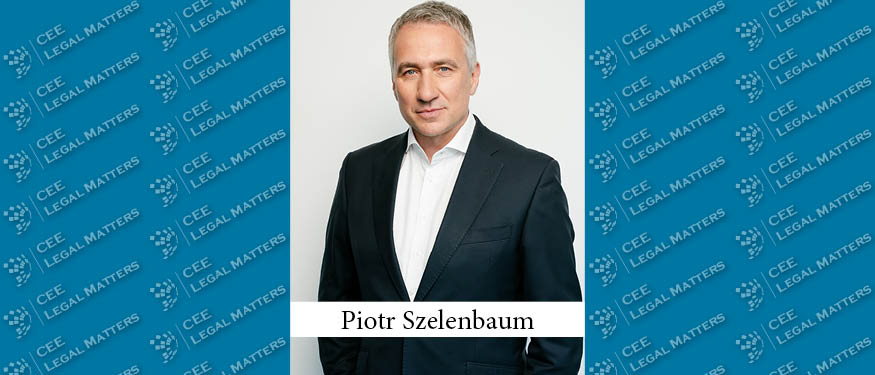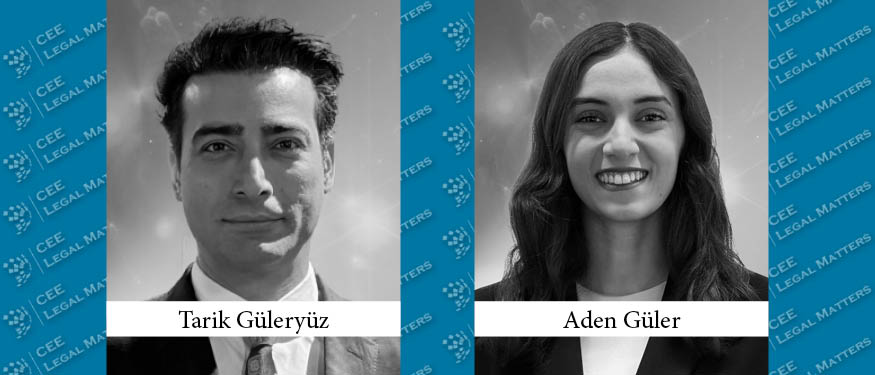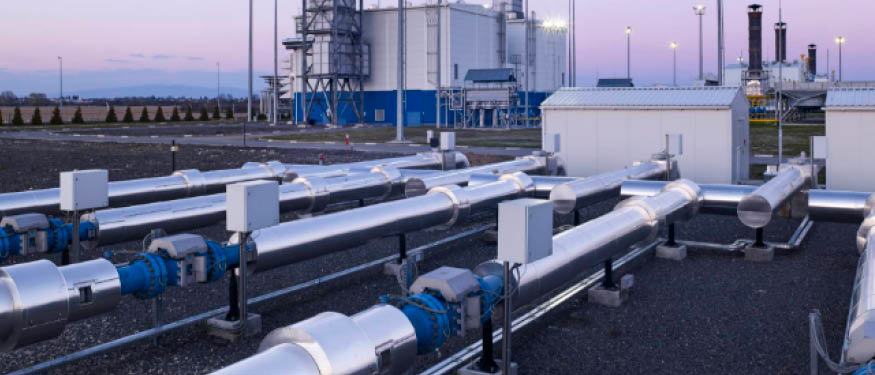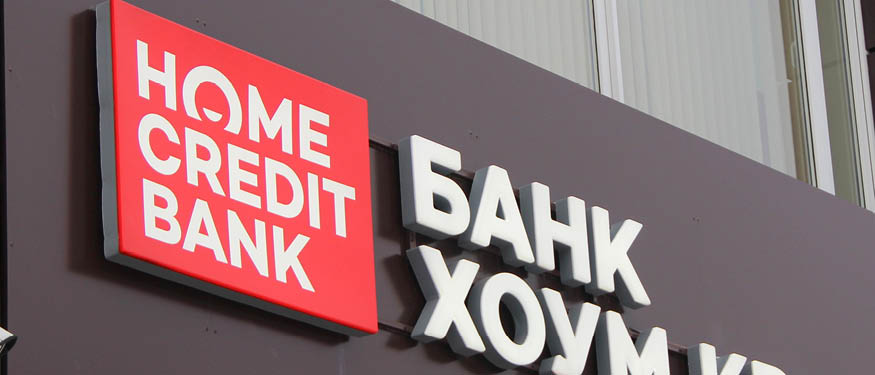Inflation rates, while high across Europe, have been particularly making headlines in Turkiye. Yalcin Babalioglu Kemahli in cooperation with CMS Managing Partner Done Yalcin, Ergun Law Firm Partner Lara Sezerler, Celepci Law in cooperation with Schoenherr Office Managing Partner Levent Celepci, KP Law Managing Partner Onur Kucuk, and Guleryuz & Partners Partner Zahide Altunbas Sancak discuss the current outlook.
“In absolute terms, the inflation figures are certainly impressive,” Celepci says. “According to official statistics, the yearly inflation rate surpassed 80% during the tail end of 2022 and has now fallen to a yearly 58.9% as of August 2023,” Sancak points out, noting that “officially published figures are frequently challenged by several economic institutions in Turkiye, who publish much higher inflation rates, such as 128% as of August 2023.”
“These numbers place Turkiye on top among OECD countries,” Celepci adds, with Sezerler highlighting that “as per the World Economic Outlook report published in April 2023 by the International Monetary Fund, Turkiye together with Argentina, both of which are also G20 countries, are in the top five in terms of inflation rates among 237 countries.”
Past Echoes and Present Pressures
Fighting inflation is not new for the country. “Looking back to Turkish economic history, there was a period of 34 years starting from 1971 characterized by double-digit inflation figures,” Kucuk explains. “Although it dropped to single-digit rates in the 2000s, inflation resurfaced as a serious problem in the late 2010s due to exchange rate fluctuations and price increases.” Consequently, Kucuk says, “Turkiye spent 33 out of 34 years between 1970 and 2004 with double-digit inflation rates and one year (1994) with triple-digit inflation.”
As for the present time, Yalcin says that the inflation in Turkiye is influenced by “both internal and external factors. The challenges caused by the pandemic and the Russia-Ukraine conflict have disrupted supply chains and increased energy and input costs.” Additionally, “domestically, political tension, the crises in the Eurozone, and unpredictability stemming from changes in the Central Bank’s leadership and monetary policy approaches contribute significantly to inflation.” Yalcin further highlights that “the primary factor behind the continuous depreciation of the Turkish lira appears to be the difficulty in establishing a robust rule of law.”
Sancak adds that the catalyst for the current situation “was the deterioration in the trust in the economic institutions in Turkiye, which had been demonstrated by the dismissal of the Central Bank’s governor in March 2021 through a presidential decree and the economic governance in general having turned further away from orthodox economics.”
Main Policies to Tackle Inflation
To address the situation, several policies have been put in place. “There is an ongoing process of implementing legislative changes to combat inflation, ranging from restrictions to banks to amendments in tax laws,” Sezerler notes.
“Three main pillars may be cited in terms of addressing the challenges of the high-inflationary environment,” Celepci says. Firstly, for low-income workers, he highlights that “the increase of minimum wage in several tranches was aimed at easing the challenges of the rise in the cost of living. Rent increases have also been capped at 25% on an annual basis – much lower than inflation – which is the main expenditure item of many households.” Secondly, he highlights, “a new instrument, linking Turkish lira savings accounts to foreign currency, has been created.” Additionally, he says, “access to loans has been restricted as a result of a tighter monetary policy.”
“Besides conventional methods of combating inflation such as the sale of FX by the Central Bank, the most ‘unique’ way of combating inflation and currency devaluation was found in the FX-Protected Deposit Accounts,” Sancak explains. “This instrument is unique in that it guarantees a return for the investor regardless of the movement in the FX exchange rates. If the exchange rate rises above the interest rate, the investor is compensated for the change in the exchange rate while if the exchange rate is stable, the investor still gains the interest in the deposit account.”
Yalcin also draws attention to the increased activities of the regulator: “Due to price increases, particularly in the retail industry, the Turkish Competition Authority has recently initiated investigations against several companies,” she notes. “Further, an Unfair Price Evaluation Committee has been established with the enacted law. This Committee has the authority to impose sanctions on retail enterprises that engage in excessive pricing and stockpiling.”
FDIs
Naturally, inflation has influenced the inflow of FDIs in the country. “The Turkish government continuously enforces regulations and incentives to attract FDI and has been successful since the mid-2000s,” Sezerler says. Still, she emphasizes that the “foreign investor rate in Borsa Istanbul was around 60-65% in 2020 and decreased to 29% at the end of 2022. Similarly, net capital from FDI amounted to USD 1.3 billion in 2022, compared to more than USD 16 billion in 2006-2007.”
According to Kucuk, in particular, “foreign investors are reviewing their strategies based on the level and stability of the Turkish lira. Looking at the sectors preferred by incoming foreign investments, the wholesale and retail trade sector holds the first place with a 16% share, followed by the electricity, gas, steam, and air conditioning production and distribution sector with 11%.”
Sancak, on the other hand, notes that despite the challenges, “the current climate also resulted in a very interesting situation for prospective investors, as they stand to benefit from the devaluation of the lira, which results in lower operating costs while benefiting from the exceptional geographic benefits. Therefore, there has been recent interest in FDIs.”
A New Economic Course: Post-Election Shifts
Post-elections, the situation seems to be changing. “After the presidential elections in May 2023, Turkiye started pivoting back to more orthodox economic policies by increasing the interest rates in June 2023, which seems to be a positive direction,” Sezerler notes.
“The policy shift following the recent presidential elections can only be summed up as a total reversal from the previous policies,” Sancak agrees. “With the new appointments to the important offices of the finance ministry and the presidency of the Central Bank, the policy shift has been towards a return to orthodox economic policies, involving interest rate hikes to combat inflation.” According to her, “lately, the new economic direction has signaled a return to more conventional economic governance, which resulted in a relative uptick in market confidence and macroeconomic indicators. For example, the new economic governance led by a new minister of finance and a new head for the Central Bank has resulted in a sudden surge on the stock exchange, which is usually a good indicator of overall economic health in Turkiye.”
The new appointments, according to Kucuk, “are expected to have a positive impact on foreign investors,” as the new emphasis is “on a ‘rational foundation,’ a ‘rule-based Turkish economy,’ and ‘macro-financial stability.’” Consequently, he points to the Central Bank’s inflation forecast, saying that “inflation is expected to be around 65% by the end of 2023 and around 33% by the end of 2024.”
Overall, “there is indeed much work ahead,” Yalcin stresses. “Turkiye must ensure the rule of law pervades our institutions, nurture international relations, uphold the Central Bank’s independence, pursue balanced budget policies, transparent public procurement procedures, instill confidence in both domestic and foreign investors, and improve the investment climate.”
This article was originally published in Issue 10.9 of the CEE Legal Matters Magazine. If you would like to receive a hard copy of the magazine, you can subscribe here.

















